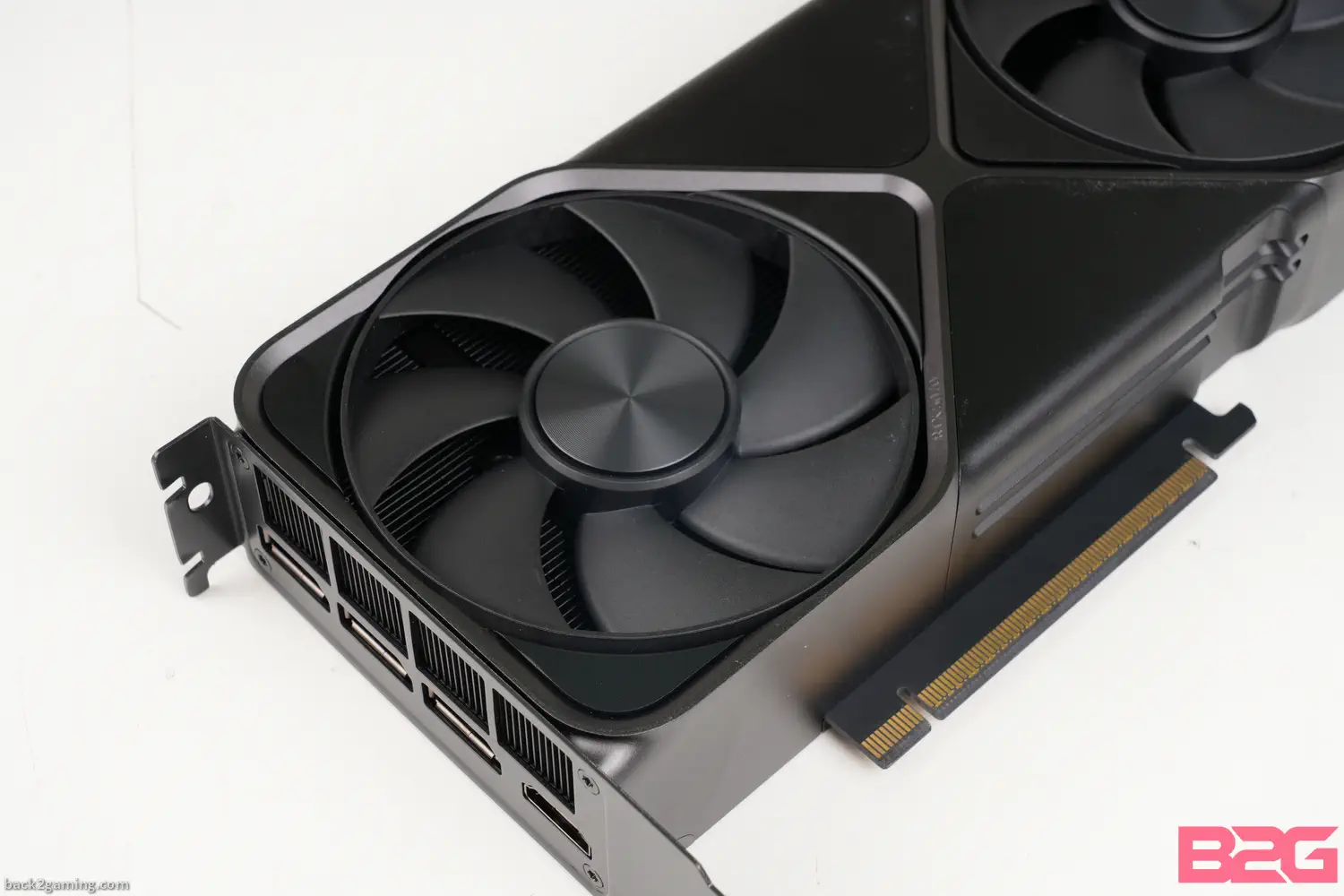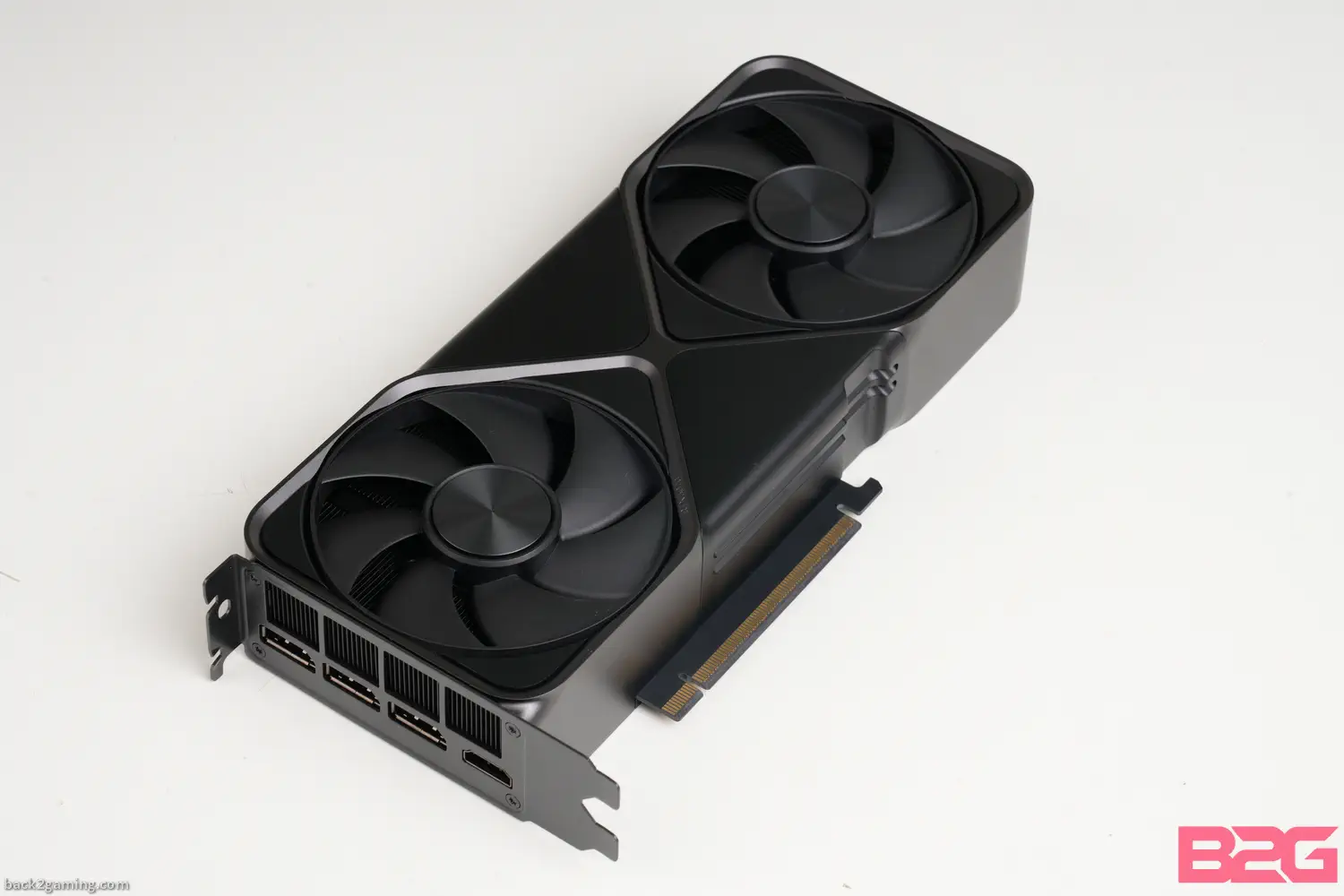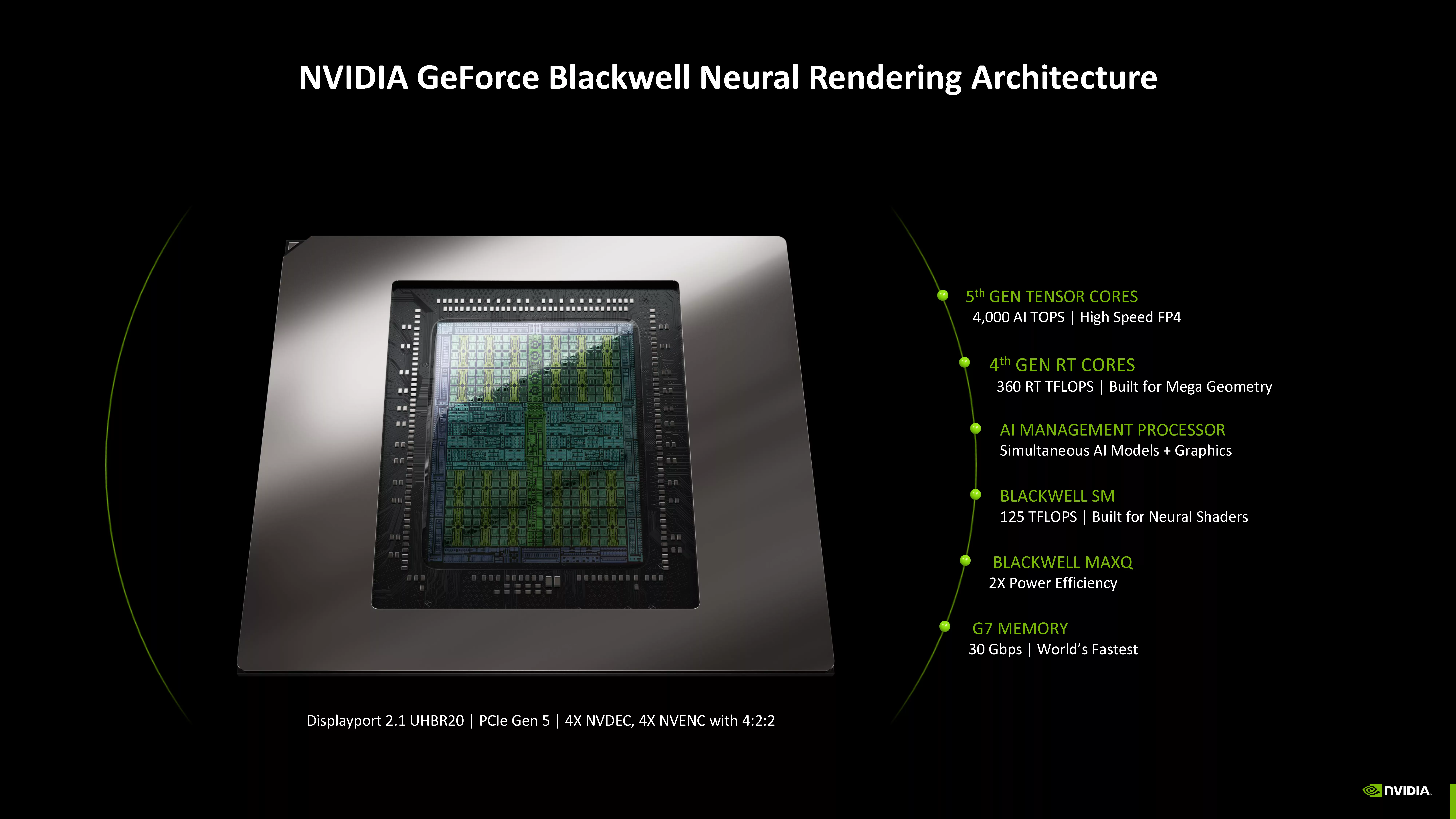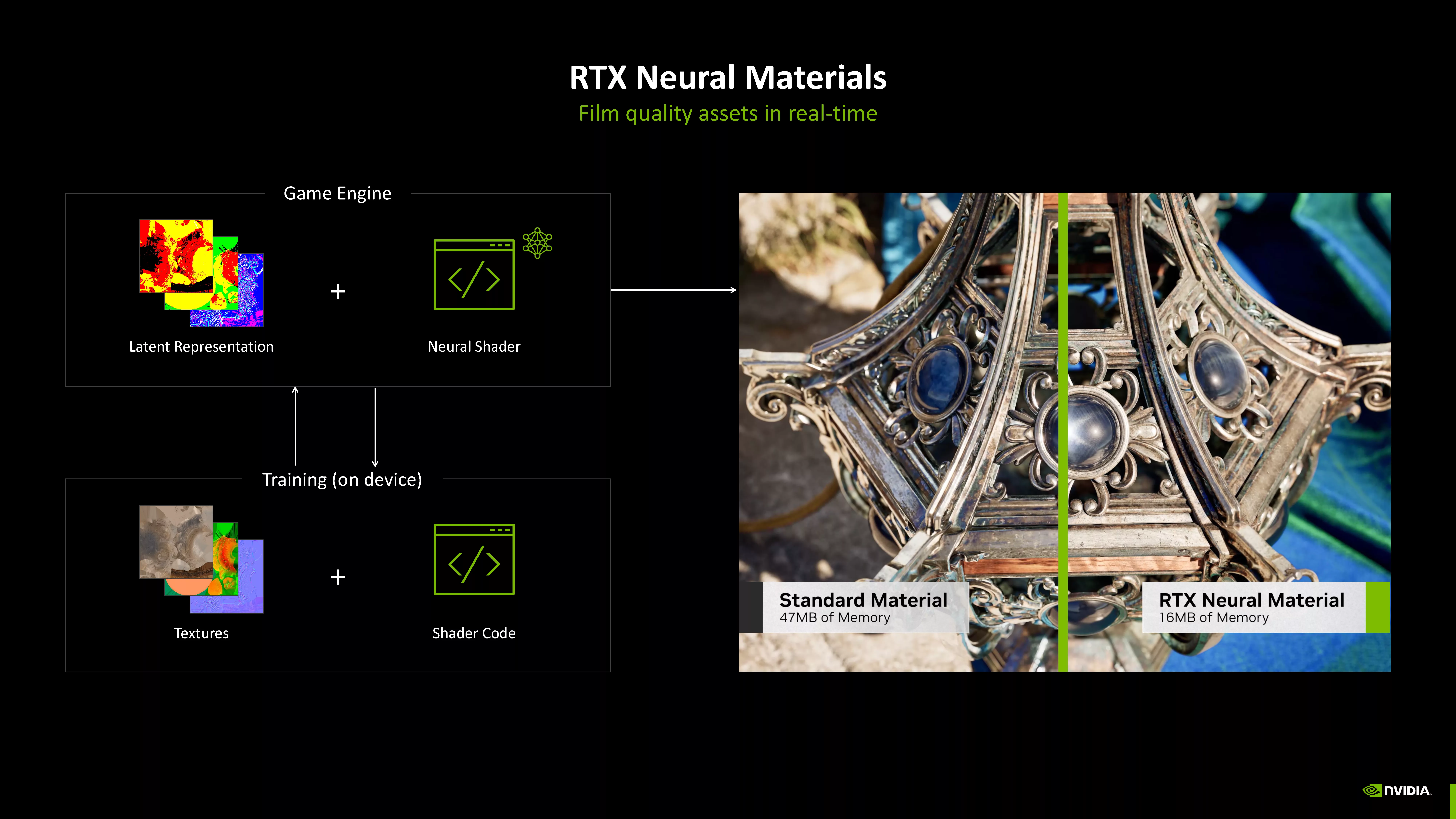NVIDIA is resuming its RTX 50 launch schedule today with the embargo lifting for reviews of the NVIDIA GeForce RTX 5070 today alongside MSRP versions of AIC cards from partners. The RTX 5070 marks the formal mainstream segment for NVIDIA’s product stack and is aimed at 1440p gamers primarily. Aimed at displacing the RTX 4070 SUPER and RTX 4070, the RTX 5070 boasts Blackwell’s tech stack to differentiate it from its predecessors.
While its already apparent that Jensen’s performance claims already means that the RTX 5070 will not go head-to-head with an RTX 4090 in pure raster performance, DLSS4 still sets the card apart from its class counterparts and does indeed show it can hang do what the CES slide showed. This is a very critical release for NVIDIA as AMD’s response is on the horizon but for the intended market, a large share of which probably just want the best bang for their cash and witht he RTX xx70 class always being the “IT” card for the mainstream gaming crowd, this is where NVIDIA needs to shine the most.
About the NVIDIA RTX 50 Blackwell Architecture
NVIDIA’s RTX 50-series launch was the worst-kept secret of 2024 and leading up to the first of 2025, the tech world was ready to see what NVIDIA has in-store in hopes of turning things around for the DIY PC space which has been seeing dwindling interest lately no thanks to both Intel and AMD, albeit the Ryzen 7 9800X3D was an expected exception.
Powered by Blackwell, NVIDIA’s domination over machine learning and deep learning has put ray tracing to the wayside focusing on improving the visual experience with the introduction of Neural Rendering.
NVIDIA describes neural rendering as their direction for modern graphics integrating generative AI models to assist in scenes going further than just ray reconstruction. Blackwell introduces Mega Geometry but the most notable development here amongst all is the introduction of Multi-Frame Generation. The next stage of DLSS, DLSS4 brings Multi-Frame Generation enabled by the Blackwell architecture enabling up to 3 more frames to be generated following a single rendered frame, effectively a 4x multiplier. A newer Transformer-based model for DLSS bumps up all DLSS releases benefiting not just the RTX 50 but even previous RTX cards.
About the GeForce RTX 5070
The RTX 5070, built on GB205 silicon, sits just below the RTX 5070 Ti, offering a solid generational leap over the RTX 4070 series. It features 6144 CUDA cores, a step down from the 7168 cores on the RTX 4070 SUPER but still a decent upgrade from the 5888 cores found in the original RTX 4070. Supporting this is 12GB of GDDR7 memory, running on a 192-bit bus, delivering a 672GB/s bandwidth—a significant improvement over the RTX 4070’s 12GB GDDR6X, 192-bit bus, and 504GB/s bandwidth. The RTX 5070 runs at a base clock of 2325MHz, boosting up to 2510MHz, and is marketed as the choice for high-refresh-rate 1080p gaming, a primarily 1440p workhorse with improved efficiency, and a capable entry-level 4K experience.
Our sample unit is NVIDIA’s own GeForce RTX 5070 Founders Edition. Employing a smaller dual-slot cooling, it lacks the blow-through vent that the larger RTX 50-series cards have but features a more standard PCB layout and a relatively small footprint. As NVIDIA’s own offering, the card is the baseline reference for clockspeed with a 2325Mhz base clock and 2512Mhz boost out of the box. NVIDIA’s Founders Edition cards are regionally limited and is highly sought after sometimes for looks, but mostly for its price. NVIDIA will be selling these cards from retail partners and directly for the MSRP of $549.
AIC partners selling at MSRP can release stock or OC versions today as long as they sold at NVIDIA’s MSRP.
| Specs | RTX 5070 | RTX 4070 SUPER | RTX 4070 | RTX 3070 | RTX 2070 | RX 7800 XT |
|---|---|---|---|---|---|---|
| Core Count | 6144 | 7168 | 5888 | 5888 | 2304 | 3840 |
| Shader Cores | Blackwell | Ada Lovelace | Ada Lovelace | Ampere | Turing | RDNA 3 |
| AI Cores | 5th Gen | 4th Gen | 4th Gen | 3rd Gen | 2nd Gen | AI Accelerators |
| RT Cores | 4th Gen | 3rd Gen | 3rd Gen | 2nd Gen | 1st Gen | 2nd Gen Ray Accelerators |
| Boost Clock (GHz) | 2.51 | 2.47 | 2.47 | 1.73 | 1.62 | 2.43 |
| Memory Config | 12GB GDDR7 | 12GB GDDR6X | 12GB GDDR6X | 8GB GDDR6 | 8GB GDDR6 | 16GB GDDR6 |
| Memory Interface | 192-bit | 192-bit | 192-bit | 256-bit | 256-bit | 256-bit |
| PCIe Version | Gen 5 | Gen 4 | Gen 4 | Gen 4 | Gen 3 | Gen 4 |
| NVENC | 9th Gen | 8th Gen | 8th Gen | 7th Gen | 6th Gen | VCN 4.0 |
| NVDEC | 6th Gen | 5th Gen | 5th Gen | 5th Gen | 4th Gen | AV1 Decode/Encode |
| Maximum Resolution | 4K 480Hz / 8K 165Hz | 4K 240Hz / 8K 60Hz | 4K 240Hz / 8K 60Hz | 7680×4320 | 7680×4320 | 7680×4320 |
| Power Consumption (W) | 250 | 220 | 200 | 220 | 175 | 263 |
| Recommended PSU (W) | 650 | 650 | 650 | 650 | 550 | 700 |
| Launch MSRP (USD) | $549 | $599 | $599 | $499 | $499 | $499 |
| Philippines Launch MSRP (PHP) | PHP 40,040 | PHP 41,550 | PHP 41,550 | PHP 37,000 | PHP 34,000~ | PHP 37,000~ |
NVIDIA GeForce RTX 5070 Founders Edition
| Specification | NVIDIA GeForce RTX 5070 Founders Edition |
|---|---|
| Marketing Name | NVIDIA GeForce RTX 5070 Founders Edition |
| Model Name | NVIDIA GeForce RTX 5070 Founders Edition |
| Graphics Processing Unit | NVIDIA GeForce RTX 5070 |
| Interface | PCI Express Gen 5 |
| Core Clocks | Boost: 2510 MHz |
| CUDA® CORES | 6144 Units |
| Memory Speed | 28 Gbps |
| Memory | 12GB GDDR7 |
| Memory Bus | 192-bit |
| Output | DisplayPort x 3 (v2.1b), HDMI x 1 (up to 4K 480Hz or 8K 165Hz with DSC, Gaming VRR, HDR) |
| HDCP Support | Yes |
| Power Consumption | 250W |
| Power Connectors | 16-pin x1 |
| Recommended PSU | 650W |
| Card Dimension (mm) | 267 x 112 x 40 mm |
| Weight (Card / Package) | 1025 g / 1500 g |
| DirectX Version Support | 12 Ultimate |
| OpenGL Version Support | 4.6 |
| Maximum Displays | 4 |
| G-SYNC® Technology | Yes |
| Digital Maximum Resolution | 7680 x 4320 |
Official product page – NVIDIA GeForce RTX 5070 Founders Edition





